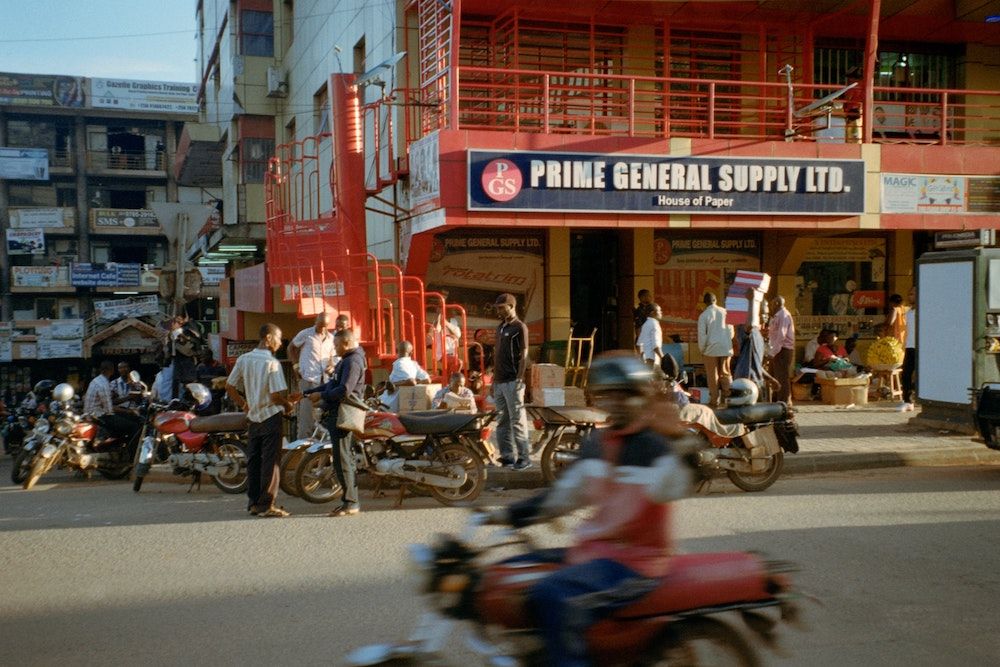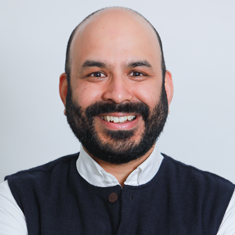Alongside priorities of healthcare and slowing the rate of infection, almost all governments have identified a range of fiscal and monetary instruments to mitigate the economic impacts of the virus.
Now, governments and international aid agencies are increasingly discussing instruments such as minimum salary guarantees, direct cash transfers, lowering interest rates, and debt forgiveness as primary means of responding—alongside ensuring the least-worst health outcomes. Even the most fiscally conservative authorities are choosing to spend money on and provide for those in need. The global pandemic has brought into sharp focus the fact that relative equality and adequate basic services are in everyone’s best interest.

Photo: Uganda Expanding Social Protection II.
However, those most at risk from COVID-19 (and the secondary impacts of COVID-19) are those most at risk in “normal” times, too: those living in ongoing humanitarian or protracted crises; contexts with weak health systems; large refugee, forcibly displaced or migrant communities (especially those living in camps); areas of high population density (especially urban and informal settlements); high food insecurity and weak market linkages; the elderly; the disabled; those living with chronic illnesses, including immunodeficiencies; female-headed households; women and girls; and informal workers.
People face increased financial burdens related to increased medical costs, while at the same time are seeing a reduction in livelihood activities and income due to restrictions on movement, sickness and the overall aggregate impact of the virus on markets and economies.
However, many people faced these burdens before COVID-19 hit and will do so in future. It is just that COVID-19 has exacerbated existing inequalities and brought them into sharp focus.
Therefore, social protection has an important role to play in ‘normal’ times, but it now should be prioritised as an immediate response to the COVID-19 pandemic. It can both help people respond to COVID-19’s impacts and support longer-term recovery.
It is not only essential to maintain social protection programming already in place, but also to provide an appropriate response to increased needs and challenges. This can be done by:
- Reducing the risk of infection: supporting social distancing and reducing exposure risks: e.g. reducing numbers/congestion at registration and pay points, providing protective and sanitisation equipment to staff and beneficiaries, using in-place communication systems and pay points to deliver infectious disease communications; providing digital transfers remotely where possible.
- Supporting basic needs: scaling-up cash and basic services provision.
- Protecting livelihoods: supporting positive coping mechanisms and protection of livelihood assets.
- Taking the opportunity to address entrenched inequalities by prioritising, for example, women and girls as direct recipients of transfers.
- Including communication messages on social and health issues at every opportunity (e.g. at registration, payments), using digital technology appropriately.
While social protection presents value for money, providing resources to the poorest is inherently a political choice. The list of benefits and returns on this form of investment includes: improved human development outcomes; reduced inequality; and increased economic activity among the very poorest. To this list can be added: protection from viral infection, access to health treatment where available and supporting an inclusive economic recovery.
Through our work in Uganda and Somalia, as well as worldwide, DAI is supporting both host governments and the international community to respond through social protection, in direct response to COVID-19 but also as a way of reducing poverty and vulnerability over the longer term. Exactly how we are doing this, and where, will be the focus of subsequent posts.
Download this article as a .pdf





